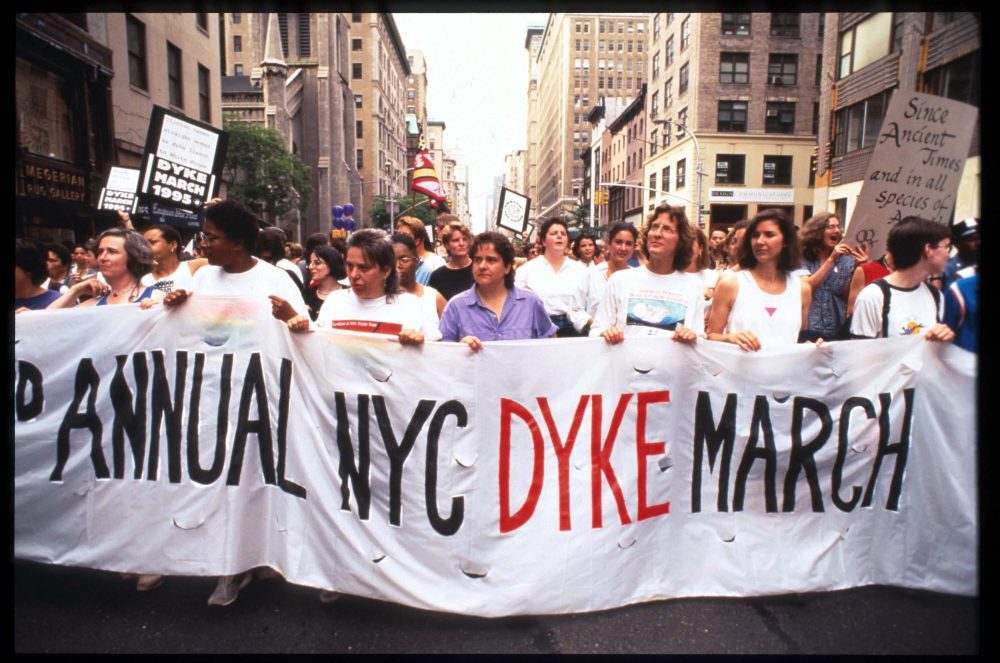As the 50th Anniversary of the first official Pride observance approaches on June 27, celebrations throughout Pride month are looking vastly different this year.
Although 2020’s parades have been cancelled, a look back on the history of Pride and the LGBTQ+ community’s work over the past several decades proves the resilience of a community that has been making its voices heard for fifty years.
Getty Images archivists Shawn Waldron and Bob Ahern take us through the evolution of queer history with exclusive photographs of Pride parades and marches from 1969 to present day, highlighting how they remain a source of strength, hope and positivity in the face of adversity
Dyke March
Thanks to the efforts of Brenda Howard, aka the ‘Mother of Pride’, every Pride since 1970 has featured a week of associated events in the days leading up to the march itself. One of the longest running is the Dyke March, held the Saturday before the main event.
Similar lesbian only events were held on and off in the ‘70s; the modern Dyke March was resurrected and formalized by the Lesbian Avengers in 1993 over concerns the main march was losing its political edge and becoming too commercial.
Every Pride since 1970 includes various events in the week prior to the march, organized in part by Brenda Howard—“The Mother of Pride.”
The Dyke March, which is held the Saturday before the march, is one of the longest running, although other lesbian-only events were held throughout the 1970s. In 1993, the Lesbian Avengers resurrected the Dyke March to bring back a political edge which they felt the main march had lost.
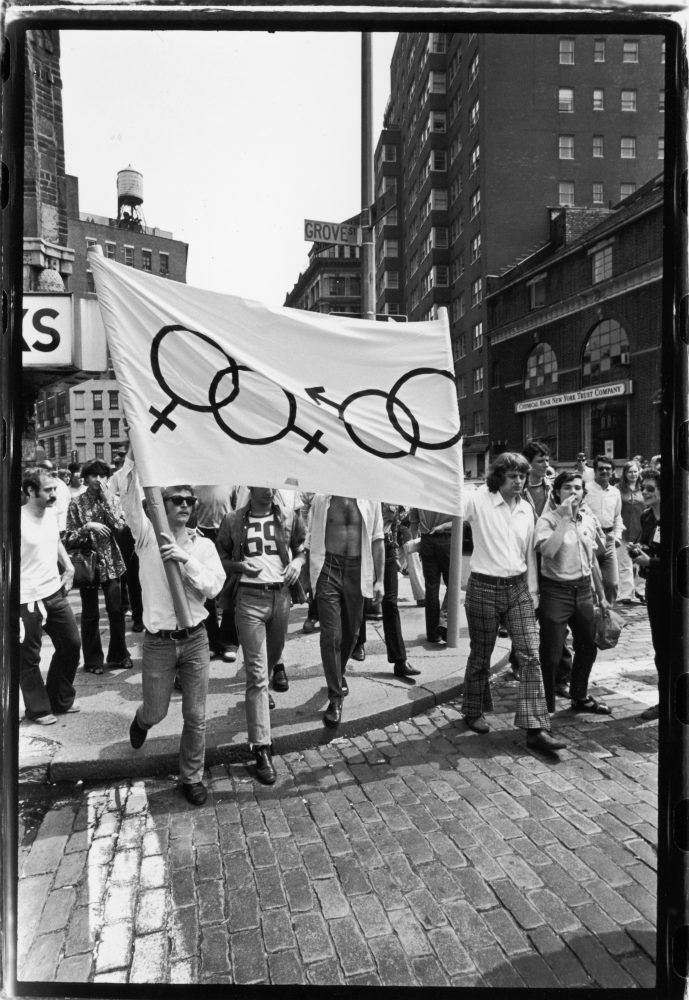
Roughly one month after the Stonewall Riots, a group of 200 people took to the streets and marched along West 4th St. demonstrating their support for LGBTQ rights on July 27, 1969. With the impact of the riots fresh in their minds, it’s fair to say that this was a rally in its truest form, meant to ensure that the events that had occurred just a few weeks earlier stayed top of mind. The Chief Photographer for The Village Voice at the time, Fred McDarrah, and the man who had captured much of the imagery around the riots themselves, stayed close to the story for years.
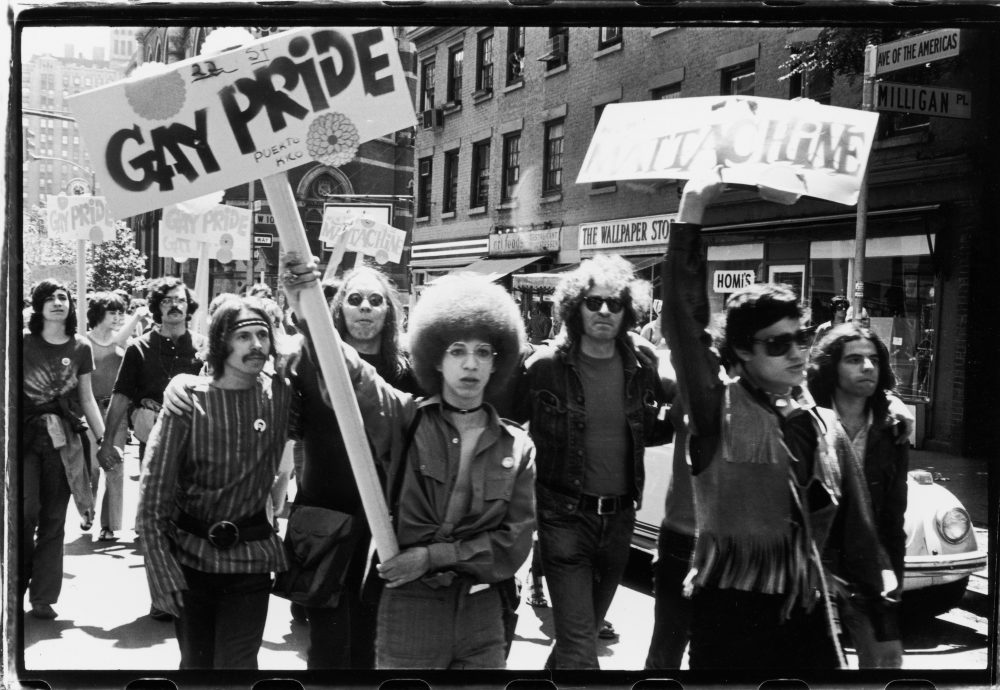
People tend to wonder where the phrase “Gay Pride” came from, as it’s deeply associated with the first march. As explained by L. Craig Schoonmaker, an activist, gay individuals lacked sufficient power for the phrase “Gay Power” to ring true—but they had pride, and lots of it.
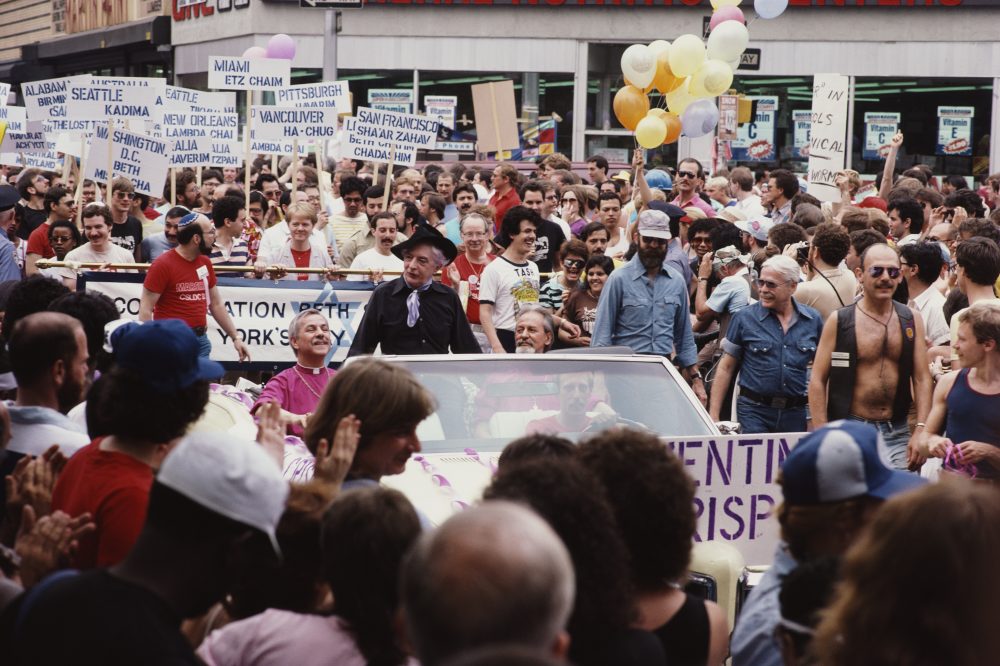
Fast forward to the 1980s when the annual summer march in New York City was the largest march worldwide, with countless celebrities participating to demonstrate their support, such as Quentin Crisp as seen in this particular photo.
By 1982, the march had become more of a celebratory experience than a protest—an outlet for the LGBTQ community and their allies to gather and join in festivities, just a few years before the AIDS epidemic largely changed the narrative around LGBTQ rights.
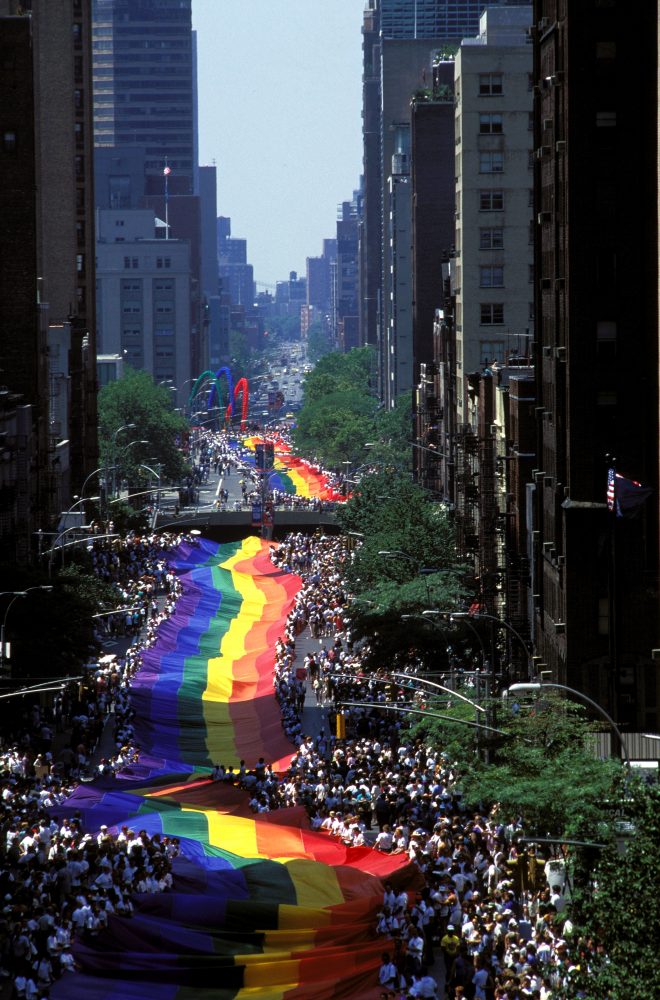
The official 1994 parade which featured the mile-long rainbow flag seen here took a different route than usual, beginning at the United Nations, then moving up to 57th St. before ending in Central Park, as protestors called upon the UN to protect gays worldwide. It was the largest to date, marking the 25th anniversary of the Stonewall Riots, but there was a competing march as well, organized in protest over the commercialization of Pride which had taken hold in the last decade or so. The two marches merged before entering Central Park, in a show of solidarity.
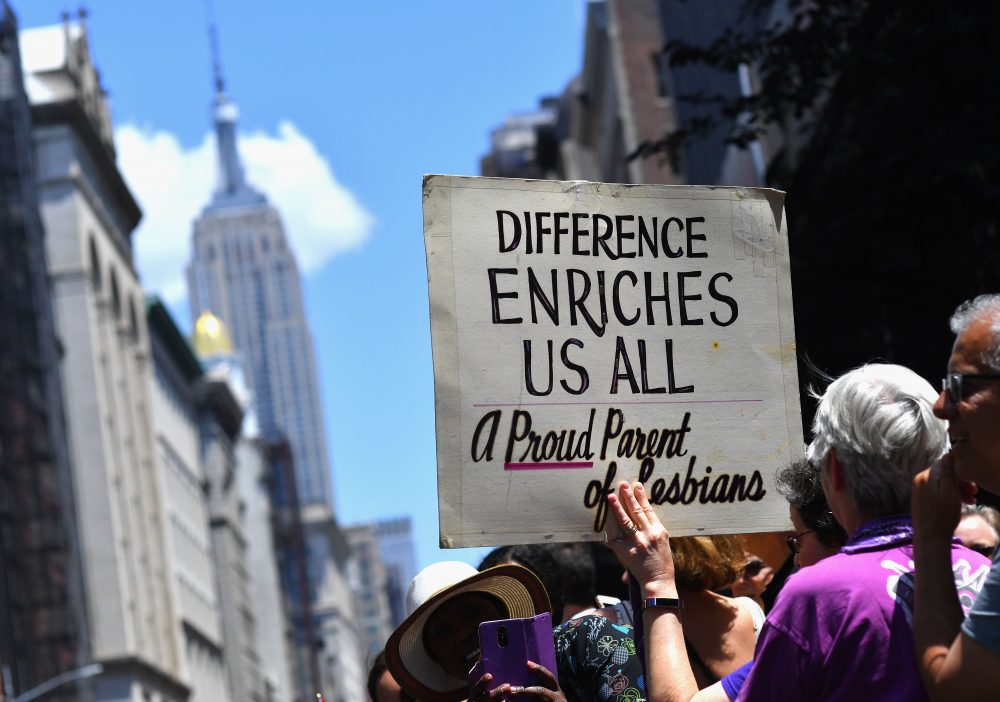
2019 Pride was epic: the march lasted for twelve hours with more than 4 million people participating, including 95-year-old Frances Goldin and her famous sign, both of them staples of pride marches for the previous forty years. The front reads: I Adore my Lesbian Daughters: Keep Them Safe”
The 2019 Pride march included 4 million participants and lasted 12 hours. Frances Goldin—then 95—and her famous sign declaring “I Adore my Lesbian Daughters: Keep Them Safe” (back shown here), was there, just as she had been for nearly four decades of Pride marches.
